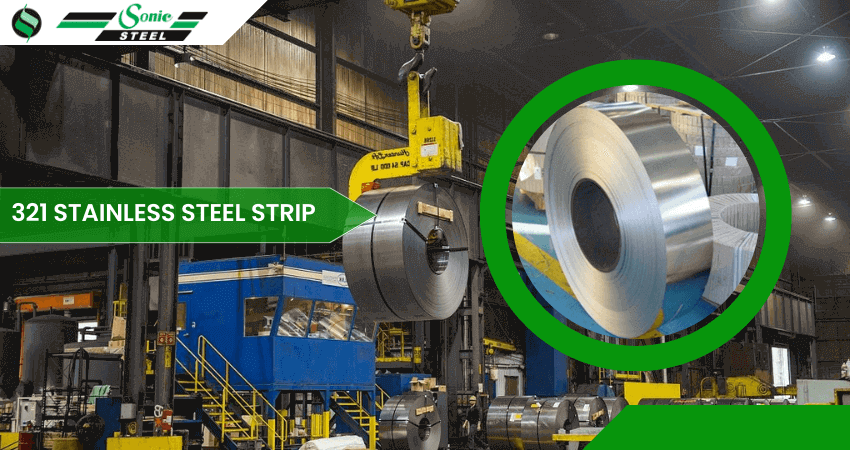When choosing the right stainless steel alloy for various industrial applications, it's crucial to understand each alloy's unique properties and characteristics. Among the many options available, Stainless Steel 321 Strips, also known as ASTM A240 SS 321 Strips, UNS S32100 Strips, and Din 1.4541 Strips, stands out for its exceptional qualities. In this article, we'll conduct a comprehensive comparative analysis of different stainless steel alloys, highlighting the attributes that make Stainless Steel 321 Strips a superior choice.
Chemical Composition and Stability
UNS S32100 Strips are part of the austenitic family of stainless steels. They are primarily composed of iron, chromium, and nickel, with the addition of titanium. This titanium addition provides several advantages, such as enhanced resistance to sensitization during welding and elevated temperatures. The titanium stabilizes the alloy, preventing the formation of harmful chromium carbides, which can lead to intergranular corrosion. This unique composition gives SS 321 Strips remarkable resistance to corrosion, making them suitable for a wide range of environments, including high-temperature and acidic settings.

High-Temperature Performance
One of the standout features of ASTM A240 SS 321 Strips is their exceptional performance in high-temperature conditions. These strips can withstand temperatures up to 900°C (1652°F) without experiencing significant scaling or deformation. This makes them ideal for aerospace, thermal processing, and exhaust systems applications, where exposure to extreme heat is common. The high-temperature stability of AISI 321 SS strips makes them a reliable choice for critical components that demand both strength and durability under challenging conditions.
Corrosion Resistance
Corrosion resistance is a vital factor in determining the suitability of a stainless steel alloy for specific applications. Din 1.4541 Strips excel in this regard due to their ability to resist corrosion in various environments. These strips maintain their integrity and structural strength whether exposed to acids, alkalis, or chlorides. This corrosion resistance, combined with their high-temperature performance, makes Stainless Steel 321 Strips an excellent choice for applications in chemical processing, pharmaceuticals, and petrochemical industries.
Weldability and Fabrication
Stainless Steel 321 Strips offer excellent weldability and ease of fabrication. The alloy's titanium content prevents chromium carbide formation during welding, which eliminates the risk of intergranular corrosion. This property allows for easy joining of strips and the creation of intricate structures without compromising their corrosion resistance. The readily welded and fabricated ability makes Stainless Steel 321 Strips a preferred option for industries requiring precision and versatility in manufacturing.
Conclusion
In the realm of stainless steel alloys, the unique attributes of Stainless Steel 321 Strips, including its chemical composition, high-temperature performance, corrosion resistance, and weldability, set it apart from other options. Its stability under extreme conditions and corrosion resistance make it an invaluable material for aerospace and chemical processing industries. Whether it's ASTM A240 SS 321 Strips, UNS S32100 Strips, or Din 1.4541 Strips, the versatility and exceptional properties of Stainless Steel 321 Strips make them a top choice for applications demanding reliability and performance.
When selecting a stainless steel alloy for your industrial needs, SS 321 Strips stands out as a proven solution that promises strength, durability, and longevity.
Comments
Post a Comment